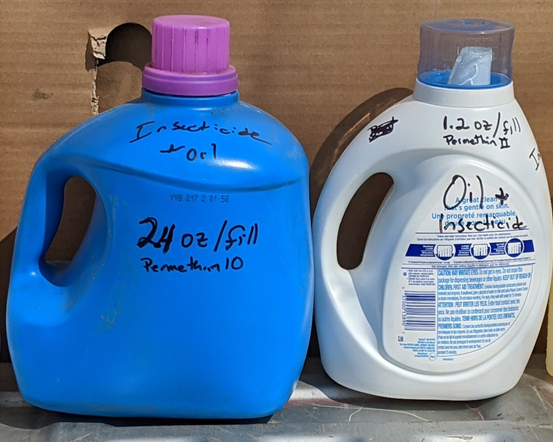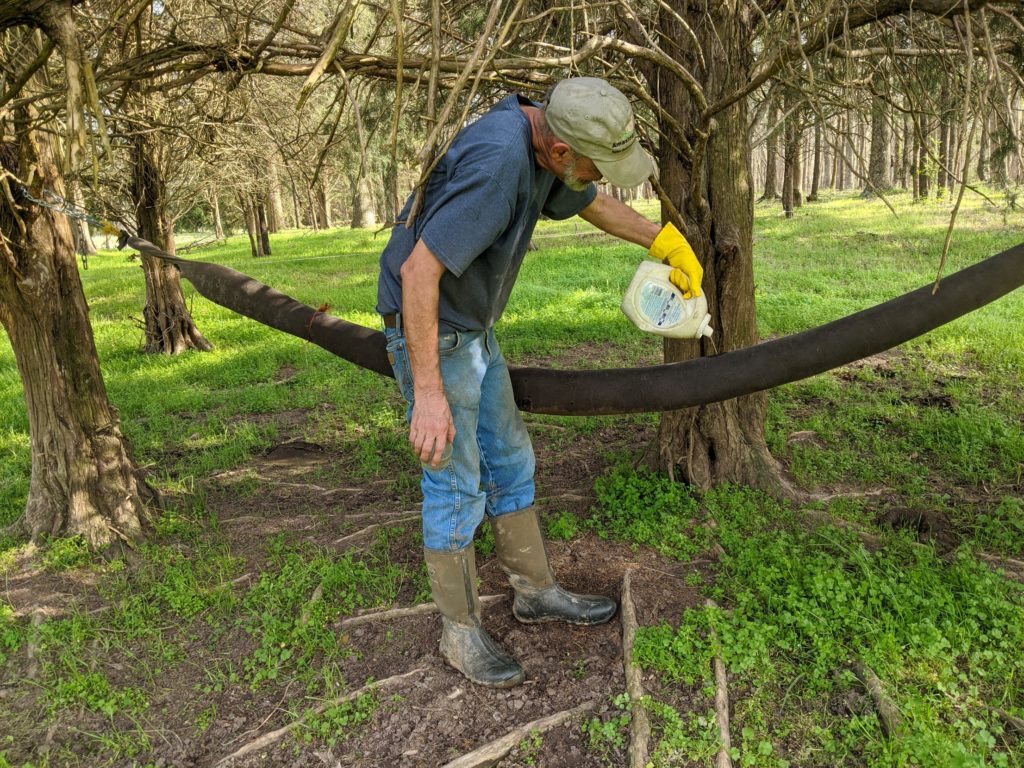Pest Control From the Past
go.ncsu.edu/readext?679302
en Español / em Português
El inglés es el idioma de control de esta página. En la medida en que haya algún conflicto entre la traducción al inglés y la traducción, el inglés prevalece.
Al hacer clic en el enlace de traducción se activa un servicio de traducción gratuito para convertir la página al español. Al igual que con cualquier traducción por Internet, la conversión no es sensible al contexto y puede que no traduzca el texto en su significado original. NC State Extension no garantiza la exactitud del texto traducido. Por favor, tenga en cuenta que algunas aplicaciones y/o servicios pueden no funcionar como se espera cuando se traducen.
Português
Inglês é o idioma de controle desta página. Na medida que haja algum conflito entre o texto original em Inglês e a tradução, o Inglês prevalece.
Ao clicar no link de tradução, um serviço gratuito de tradução será ativado para converter a página para o Português. Como em qualquer tradução pela internet, a conversão não é sensivel ao contexto e pode não ocorrer a tradução para o significado orginal. O serviço de Extensão da Carolina do Norte (NC State Extension) não garante a exatidão do texto traduzido. Por favor, observe que algumas funções ou serviços podem não funcionar como esperado após a tradução.
English
English is the controlling language of this page. To the extent there is any conflict between the English text and the translation, English controls.
Clicking on the translation link activates a free translation service to convert the page to Spanish. As with any Internet translation, the conversion is not context-sensitive and may not translate the text to its original meaning. NC State Extension does not guarantee the accuracy of the translated text. Please note that some applications and/or services may not function as expected when translated.
Collapse ▲With the introduction of the Asian Longhorned Tick to our state, we need to take a look back to move forward with controlling this pest. The Asian Longhorned Tick arrived in NC a few years ago, but showed up in Surry County last year. This tick is invasive and reproduces at an astronomical rate. In sufficient quantities it can kill an animal. In addition to that bit of good news, it has been shown in herds to our north in Virginia that the tick can carry the organism that causes a disease called Thileria.
Fortunately, the pyrethroid class of chemicals are known to control a wide variety of tick and other ectoparasite species on animals; and can be applied to backrubbers to help in controlling many external parasites of cattle. As a reminder, backrubbers must be charged regularly to ensure effectiveness. So, to get started with a backrubber, the initial charge should involve applying enough of the parasite control product to the backrubber until it drips. Applications to recharge the backrubber should be done about every 2 weeks or after a rain. Producers should be careful to not get the mix on themselves when applying. There are some good tips to avoid getting product on you such as using a cleaned out laundry detergent bottle to apply the mix. The most important step to this parasite control method is to place the backrubber where the cattle must use it. For instance, place it at a gate that they must go through to eat minerals. Regardless of the product you use, ALWAYS follow label directions. Most of the products used on backrubbers must be mixed with a carrier even through there are a couple that do not require mixing. Labeled carries include mineral oil, vegetable oil or fuel oil. Just make sure to read the label for the specific product being used. So, in this case taking a step back in time may help with all classes of parasite control.






